Does the User Want to Be Legal?
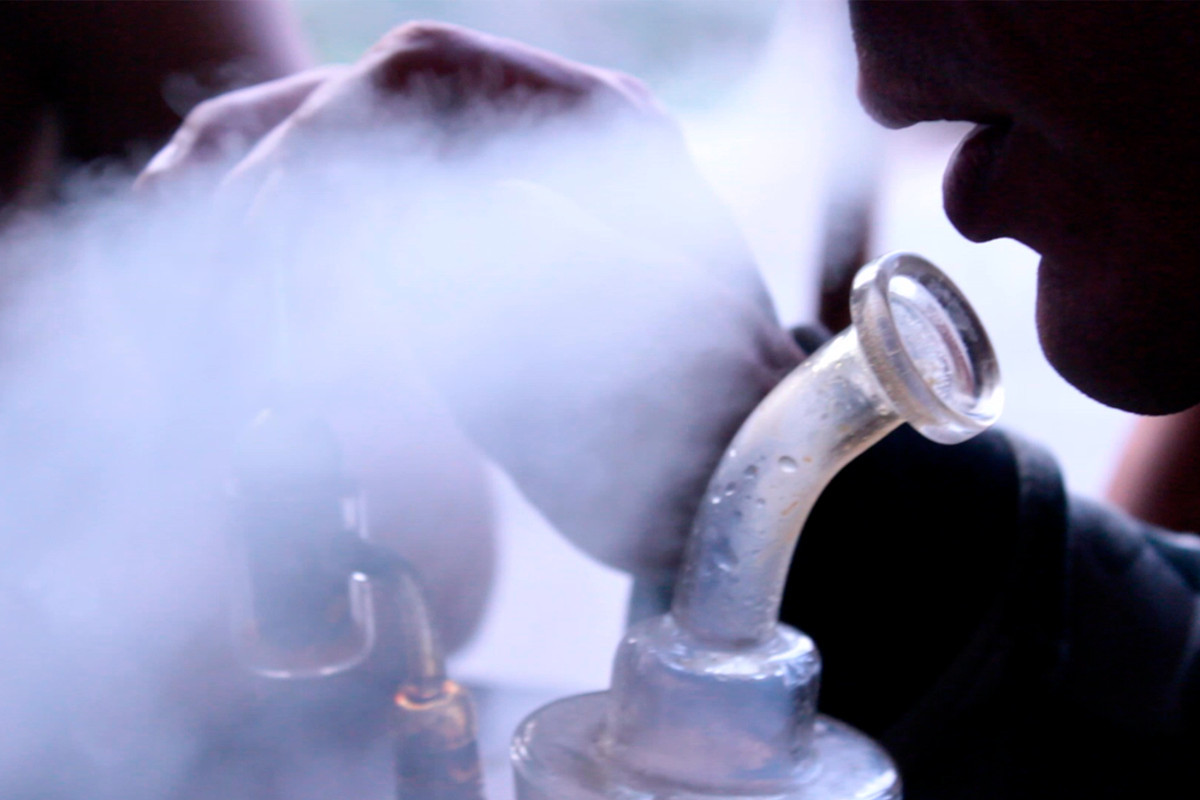
Even though Law Nº30681 — which regulates the medical and therapeutic use of cannabis — has been in place in Peru for over eight years, just over 50,000 people are formally registered with the Ministry of Health (MINSA) [1]. That number might seem high, but it doesn't reflect how many people are actually using cannabis. According to the Center for Information and Education for the Prevention of Drug Abuse (CEDRO), marijuana is still the most commonly used illegal drug in the country, with an estimated 6% to 8% of the urban population using it [2].
This reality suggests that, despite having a legal system, most cannabis users stay outside of it. Why is this happening? What factors explain the formal market’s failure to attract the majority of users?
Factors That Limit Users’ Transition to the Formal Market
The low number of users entering the legal system isn’t just about lack of interest. There are structural, regulatory, and sociocultural barriers that make the informal market more accessible, discreet, and free of bureaucratic procedures — making it a more appealing option.
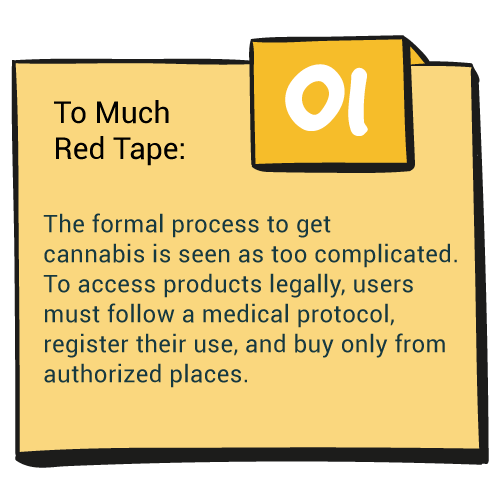
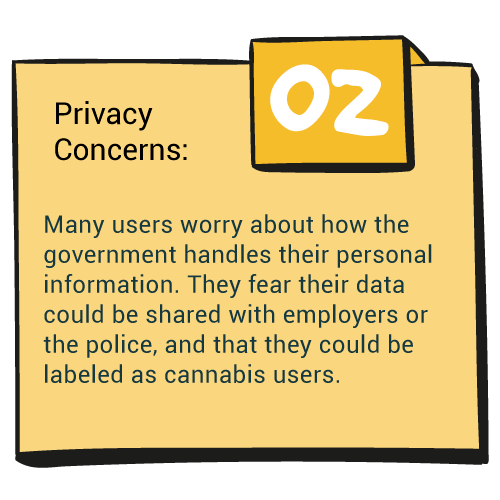
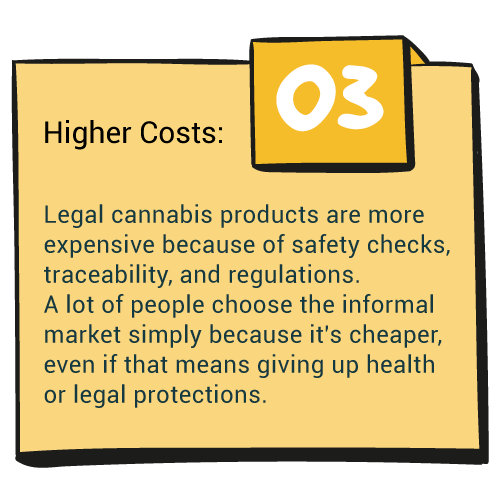
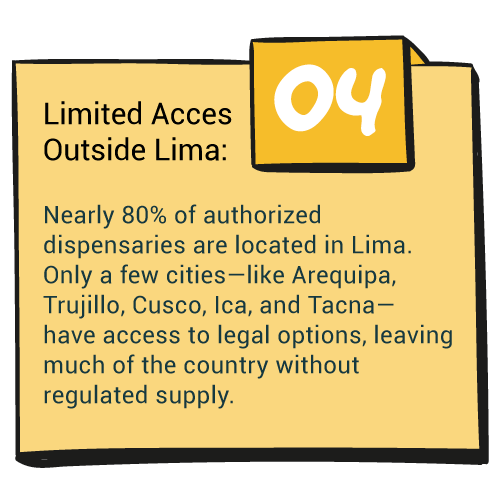
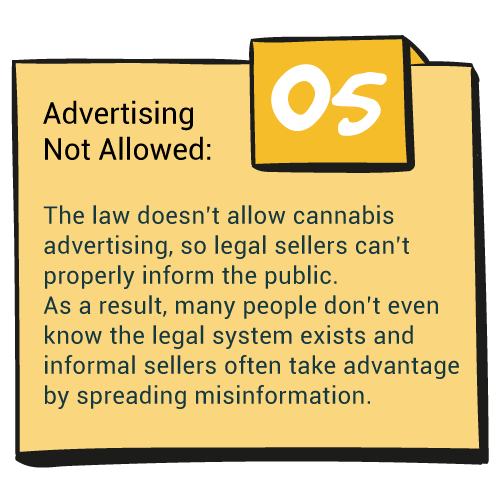
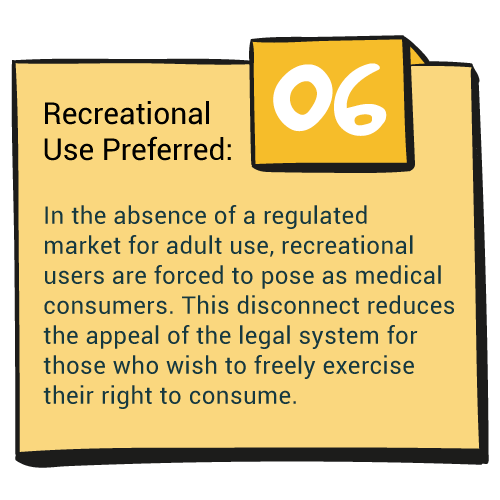
Comments
No comment at this time!
Leave your comment